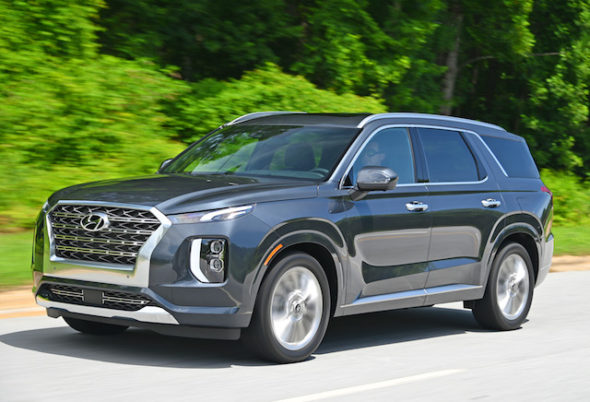
Hyundai recently announced its turnaround plan for the US with a goal of achieving 5.2% market share by the end of 2023. Its market share at the end of 2018 was 3.9%, and it has a three-pronged roadmap for gaining that extra share.
The Background
Five-point-two percent market share is not unprecedented for Hyundai. The company’s previous market-share peak was 5.1%. This was likely due to improved product quality and the launch of its Hyundai Assurance marketing campaign.
But a 1.3-percentage-point increase is more than an incremental boost. It could translate into as many as 214,000 more Hyundai vehicles on the road. For Hyundai to grow in market share, it must come at the expense of competitors like Nissan, Honda, and Toyota.
New Leadership
Over the past year, Hyundai has made concerted efforts to bring in seasoned and proven industry executives.
In April 2019, Hyundai hired industry titan José Muñoz from Nissan. Muñoz had previously worked as Nissan’s Chief Performance Officer, Chairman of Nissan China, EVP of Nissan North America, and President of Nissan Mexico. Under Muñoz’s leadership, Nissan’s US sales achieved a 9.2% market share, its highest ever. (Editorial Disclosure: I worked at Nissan from October 2013 to May 2015, overlapping with Muñoz. The analysis below is not impacted by my tenure at Nissan.)
Muñoz wasn’t the only former Nissan executive to join Hyundai. By May, Hyundai brought on Randy Parker, another seasoned executive from Nissan. Parker worked under Muñoz, overseeing Nissan’s West Region and later running Nissan’s luxury brand, Infiniti, in the Americas. And most recently, Hyundai hired Robert Grafton as Director of Dealer Development. Grafton previously worked at Infiniti.
With Muñoz, Parker, and Grafton back together at Hyundai, they may be able to replicate the strategy that led to the success they achieved at Nissan.
Strong Product
Over the past few years, Hyundai has debuted and refreshed several crossovers. The Kona debuted in 2017, while the Palisade, which debuted in 2018, and hydrogen fuel-cell Nexo both went on sale in 2019. The Tucson also underwent a mid-cycle refresh for 2019. The Venue, a midsize SUV, joins the lineup for 2020.
Hyundai announced a 9% YoY growth of total sales in SUVs, with the Kona and Palisade leading the way. Despite their success, these new additions may not be enough to get Hyundai to a 5.2% market share. However, Hyundai is taking advantage of another hot vehicle category: the midsize pickup truck segment. Hyundai will launch the Santa Cruz, a midsize pickup, by 2020. While this is the first Hyundai pickup in the United States, Hyundai has ventured into the pickup segment before; the Hyundai Pony Pickup was sold in Europe in the 1980s.
As of this writing, Hyundai hasn’t announced the exact release date or pricing strategy for the Santa Cruz. However, if Hyundai launches the Santa Cruz at a price below its competitors’, this truck could be a success in a pickup segment whose average MSRP has increased approximately 25% since 2014, more than any other segment in the industry over the past six years.
Pricing
Hyundai is a brand with a lower average MSRP than its competitors’. That makes its vehicles an ideal solution for price-sensitive shoppers. If wage growth continues at its current slow pace and affordability remains one of the biggest headwinds in the industry, Hyundai will continue to gain attention from the most price-sensitive consumers.
Pricing, Product, and Leadership—Hyundai’s Holy Trinity
Hyundai has brought in leaders who led Nissan to its best US sales year in history, it has shifted its product mix to favor SUVs, and it has maintained its affordability.
The initial results of these changes are promising. As of October 1, Hyundai has reported a 5% YoY increase in total sales and a 9% YoY increase in total sales of crossovers, laying the groundwork to reach its goals.
Hyundai Makes Progress on Goals with Help from SUVs posted first on http://www.cargurus.com/blog/
No comments:
Post a Comment